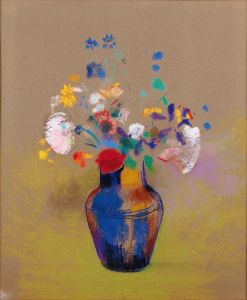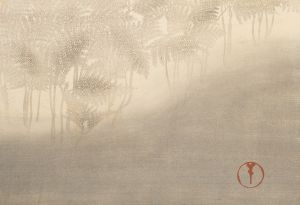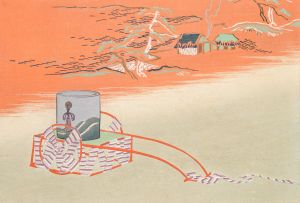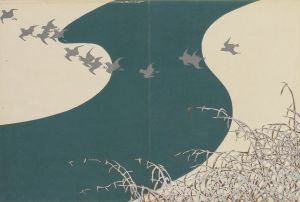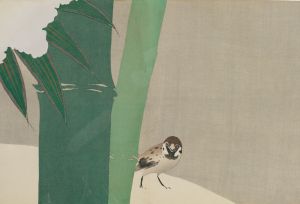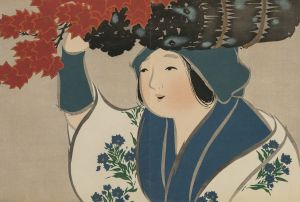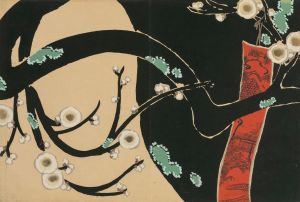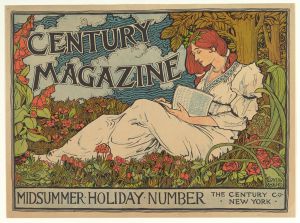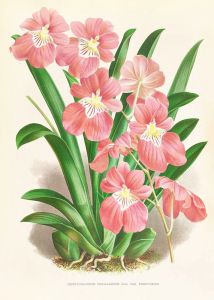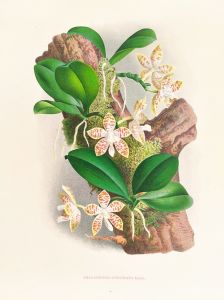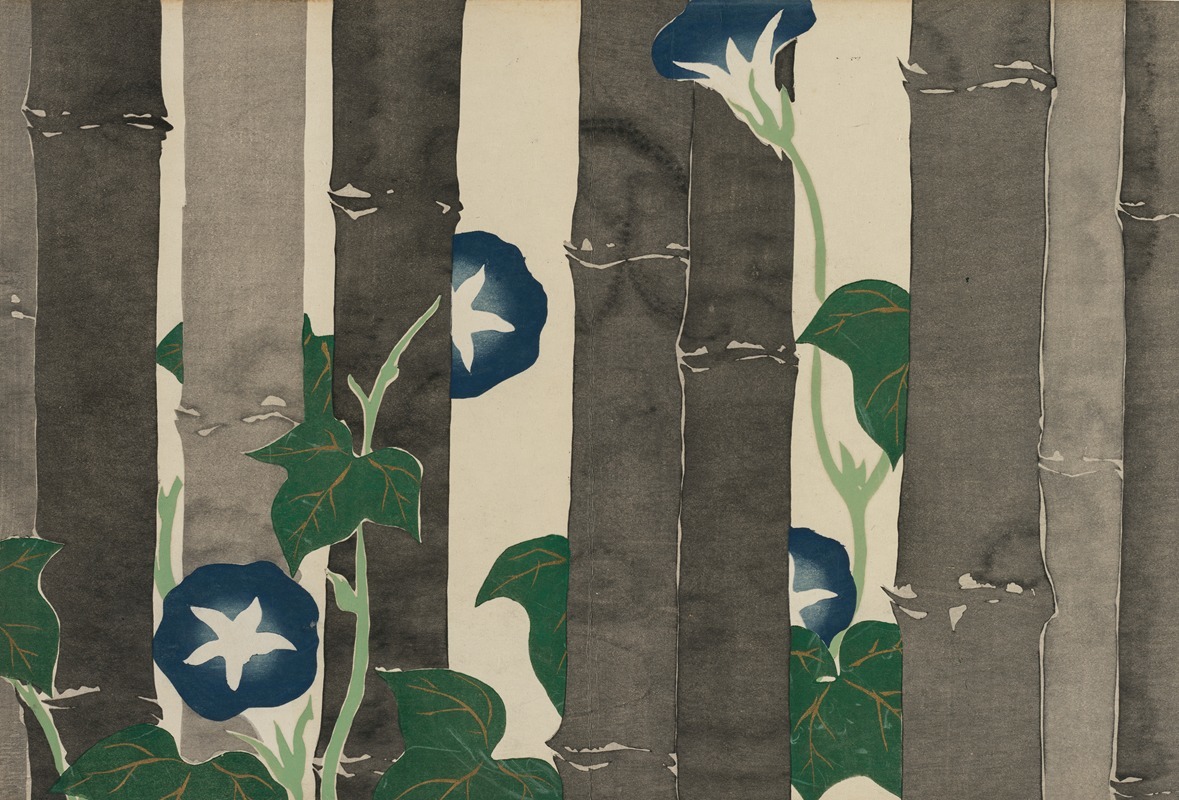
Morning Glories
A hand-painted replica of Kamisaka Sekka’s masterpiece Morning Glories, meticulously crafted by professional artists to capture the true essence of the original. Each piece is created with museum-quality canvas and rare mineral pigments, carefully painted by experienced artists with delicate brushstrokes and rich, layered colors to perfectly recreate the texture of the original artwork. Unlike machine-printed reproductions, this hand-painted version brings the painting to life, infused with the artist’s emotions and skill in every stroke. Whether for personal collection or home decoration, it instantly elevates the artistic atmosphere of any space.
Kamisaka Sekka (1866–1942) was a prominent Japanese artist and designer, known for his contributions to the Rinpa school of painting. He played a significant role in the modernization of traditional Japanese art during the Meiji and Taisho periods. Sekka's work is characterized by its vibrant use of color, bold compositions, and a synthesis of traditional Japanese aesthetics with Western influences.
One of Sekka's notable works is "Morning Glories," which exemplifies his unique style and artistic philosophy. This artwork is a part of his broader exploration of nature, a common theme in Japanese art, and reflects his ability to blend traditional motifs with modern sensibilities.
"Morning Glories" showcases Sekka's mastery of the Rinpa style, which is known for its decorative qualities and emphasis on natural subjects. The Rinpa school, originally founded in the early 17th century by artists like Hon'ami Kōetsu and Tawaraya Sōtatsu, was revitalized by later artists such as Ogata Kōrin and eventually by Sekka himself. This style is characterized by its use of vibrant colors, simplified forms, and a focus on the beauty of nature.
In "Morning Glories," Sekka employs a limited color palette, focusing on the delicate blues and purples of the morning glory flowers. The composition is both simple and elegant, with the flowers depicted in a way that emphasizes their natural beauty and fragility. Sekka's use of color and form in this piece reflects his ability to capture the essence of his subjects while maintaining a sense of harmony and balance.
Sekka's work was heavily influenced by the cultural and artistic exchanges between Japan and the West during his lifetime. The Meiji Restoration, which began in 1868, marked a period of rapid modernization and Westernization in Japan. This era saw significant changes in Japanese society, including the introduction of Western art techniques and materials. Sekka, like many artists of his time, was exposed to these new influences and incorporated them into his work.
Despite these Western influences, Sekka remained deeply rooted in traditional Japanese aesthetics. His work often features elements of traditional Japanese design, such as the use of gold leaf and the incorporation of classical motifs. In "Morning Glories," Sekka's ability to blend these traditional elements with modern techniques is evident, resulting in a piece that is both timeless and contemporary.
Kamisaka Sekka's contributions to Japanese art extend beyond his paintings. He was also a prolific designer, creating works in various media, including textiles, ceramics, and lacquerware. His designs often featured the same attention to detail and appreciation for nature that characterized his paintings.
"Morning Glories" is a testament to Sekka's skill as an artist and his ability to bridge the gap between traditional and modern art. Through his work, Sekka helped to preserve the beauty of traditional Japanese art while also embracing the changes brought about by modernization. His legacy continues to influence artists today, and his works remain celebrated for their elegance, innovation, and timeless appeal.





